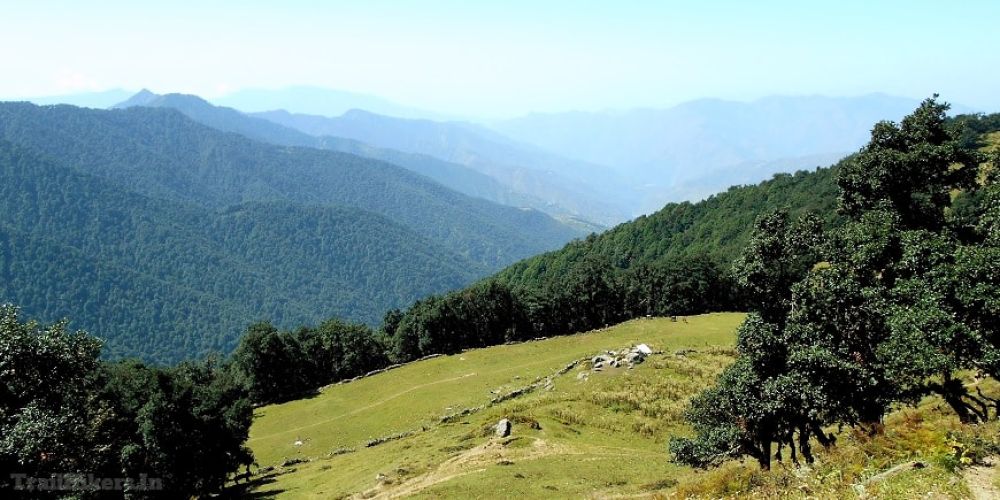

Located in the serene landscapes of the Garhwal region of Uttarakhand, India, Nag Tibba ('Serpent's Peak') stands as a prominent weekend trekking destination for adventure enthusiasts and nature lovers. At an elevation of about 9,915 feet above sea level, it is the highest peak in the lower Himalayas of the Tehri Garhwal region and is believed to be the abode of 'Nag Devta' or the Serpent God, revered by the local villagers.
The history of tourism in Nag Tibba is relatively young compared to other Himalayan destinations. The area remained a hidden gem with only local shepherds and a handful of adventurous souls venturing into these parts for a long time. It wasn't until the late 20th century that trekking enthusiasts started to recognize the potential of this region for short treks.
Tourism began to flourish as trekkers and nature lovers discovered the breathtaking beauty of Nag Tibba's lush meadows, thick forests, and panoramic views of peaks like Swargarohini, Bandarpoonch, Kedarnath, and Gangotri. Additionally, the ease of access from nearby cities such as Dehradun and Mussoorie contributed to Nag Tibba becoming a sought-after trekking destination.
Despite its growing popularity, Nag Tibba faced several challenges in terms of infrastructure and accessibility. The local authorities along with tourism stakeholders, embarked on a journey to improve paths, create sustainable tourism practices, and promote responsible trekking in order to protect the delicate ecosystem of the area.
The latest tourism trends in Nag Tibba highlight the shifting focus towards eco-friendly travel and community-based tourism. Rather than creating large, intrusive resorts, recent developments have seen a rise in homestays and eco-lodges that offer authentic experiences while benefiting the local economy and minimizing environmental footprints.
The concept of weekend trekking has become particularly popular, with Nag Tibba emerging as a favorite due to its proximity to the capital region of India and other metropolitan areas of North India. Trekking companies and local guides now offer a range of packages that cater to both beginners and experienced trekkers.
Moreover, increasing awareness about physical fitness and the great outdoors has seen a steady rise in solo travelers and women trekking groups who find the Nag Tibba trek both challenging and rejuvenating.
With tourism comes responsibility, and in Nag Tibba, there is a collective effort from locals, the government, and non-governmental organizations to ensure that the region retains its natural beauty and cultural integrity for future generations. Seasonal treks, waste management protocols, and limited trekking permits are some of the initiatives in place to prevent over-tourism and its adverse impacts.
For those seeking an escape from the hustle and bustle of city life, Nag Tibba offers a pathway to rediscover nature. Its enchanting trails overseen by the majestic Himalayas promise a journey of rejuvenation, adventure, and an experience to cherish forever.
In conclusion, Nag Tibba serves as a testament to the evolving nature of tourism in the Himalayas. Its climbing popularity underscores the importance of maintaining a balance between welcoming tourists and preserving the priceless environmental and cultural heritage of this pristine corner of Uttarakhand.